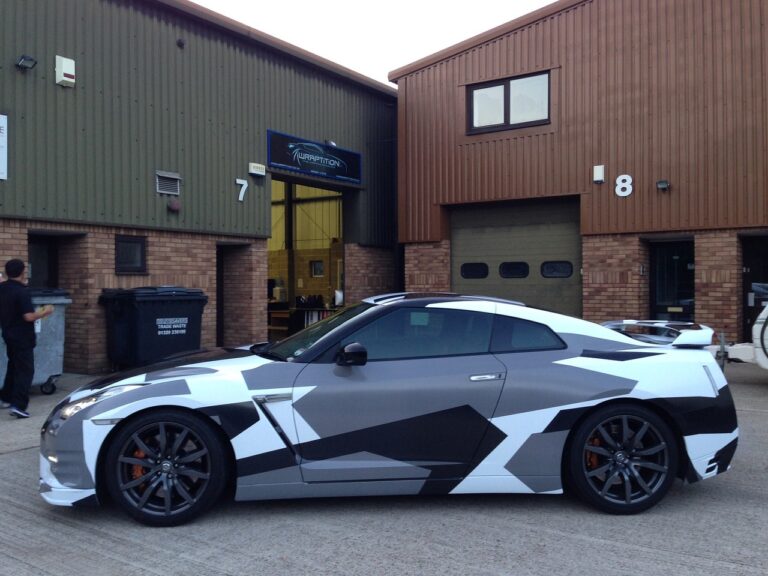3D Printing in the Automotive Industry: Revolutionizing Prototyping and Production
3D printing has revolutionized the automotive industry by significantly reducing production time and costs. With the ability to create complex shapes and designs, manufacturers can now produce custom parts more efficiently. This not only streamlines the manufacturing process but also allows for rapid prototyping and testing of new designs.
Furthermore, 3D printing enables automakers to optimize the weight of vehicles by creating lighter yet durable components. This not only enhances fuel efficiency but also improves the overall performance of the vehicles. Additionally, with the flexibility of 3D printing, automakers can easily customize parts according to specific requirements, leading to a more tailored and innovative approach in vehicle design and production.
Application of 3D Printing in Prototyping
3D printing has become a game-changer in the prototyping process of automotive parts. Manufacturers are now able to rapidly create physical prototypes of their designs using this innovative technology. This has drastically reduced the time and cost associated with traditional prototyping methods, as 3D printing allows for quick iterations and modifications to be made on the fly.
Additionally, the precision and accuracy of 3D printing have enabled engineers to produce intricate and complex prototypes with ease. This level of detail ensures that the prototypes closely resemble the final product, allowing for better testing and evaluation before mass production. As a result, 3D printing has revolutionized the prototyping phase in the automotive industry, leading to faster development cycles and ultimately, more advanced and high-quality vehicles.
What are the benefits of using 3D printing in the automotive industry?
3D printing in the automotive industry allows for rapid prototyping, reduced costs, customization, and faster production times.
How is 3D printing used in prototyping?
3D printing is used in prototyping by creating physical models of parts or products quickly and cost-effectively, allowing for testing and iterations before final production.
What materials can be used in 3D printing for prototyping?
Various materials can be used in 3D printing for prototyping, including plastics, metals, ceramics, and even composites.
What are some common applications of 3D printing in prototyping?
Some common applications of 3D printing in prototyping include creating concept models, functional prototypes, tooling, and even end-use parts in some cases.
How does 3D printing compare to traditional prototyping methods?
3D printing offers advantages over traditional prototyping methods such as faster production times, lower costs, increased design flexibility, and the ability to create complex geometries that would be difficult or impossible with traditional methods.





